With composable technology, organizations can assemble, disassemble, and reassemble modular components to meet changing market demands to make better decisions.
A business can reorganize or refocus depending on internal or external factors, such as a change in consumer behavior or an unexpected change in the supply chain. A composable enterprise is an approach to business design that embraces the API economy. The ultimate goal is a fully composable business. Composable architecture is built around modular pieces that bolt together in the most suitable way for the business needs. From personalization to content delivery, composable is about selecting the best technical solution for right now.
Organizations can assemble, disassemble, and reassemble modular components to support the organization’s changing demands and make quick, reactive decisions (made up of technology and people). But first, technology must be strategically empowered across all business sectors.
Also Read: Top Five Reasons Why a Branding Strategy is a Must-Have
Where does the architecture of composable technology fit in?
Organizations typically make technology investments to store and maintain specific single domain data, such as CRM, PIM, and CMS. These systems are frequently constructed using outdated legacy technology, and data is kept locked away in separate records systems. Businesses find it increasingly challenging to provide competitive, differentiating customer experiences when operating in this fragmented environment. To innovate, developers must take on the time-consuming and expensive task of creating a brand-new experience from scratch. This makes it difficult for marketing and digital teams to change their strategies in response to rapidly changing consumer behavior.
Although they frequently have more complexity, micro services offer greater flexibility. Instead of concentrating on bringing novel experiences to market, teams may find themselves burdened with the responsibility of managing issues that could be resolved with contemporary SaaS solutions.
A composable tech architecture aligned to business capabilities
Traditional monolithic tech structures require all program components to be rewritten if one needs an update, which hinders business agility. Instead, program components are tightly interconnected and interdependent. The tech stack is constructed using a composable methodology based on cloud services and capabilities, or MACH, focusing on scalability and APIs.
Also Read: Strategies to Leverage B2B Customer Pain Points
Micro services: Small, independently developed, deployed and managed units of business functionality
API-first: Functionality is exposed through an API
Cloud-native SaaS: Software as a service that leverages the cloud beyond storage and hosting, including elastic scaling and automatic updates
Headless: The front-end presentation (what the user sees) and the back-end logic (how it functions) are separated and communicate with each other via an API. Without regard to channel, programming language, or framework, the headless CMS transforms into a repository that distributes content and assets to any platform or device.
A composable architecture enables front-end developers to create applications with interchangeable blocks and combine their data through APIs.
Why agility is important
Everything ultimately comes down to business. Marketing teams could be free to develop brand-new competitive experiences and future-proof the business while remaining completely agile, flexible, and profitable. Monolithic programs have some advantages, but they typically lack the flexibility and agility required to support a rapidly evolving digital-first business. Because of this, we think composable and packaged business capabilities are the way of the future. Technology leaders should use them as soon as possible to replace monolithic solutions. Each company, however, has a different level of digital maturity, so it is essential to start small with objectives that are simple to achieve and have obvious business advantages.
It no longer just comes down to consistent online and offline experiences. Customers demand connected, seamless journeys from beginning to end across all touchpoints. Businesses can deliver these innovative and exciting customer experiences now and in the future by utilizing packaged capabilities and composable architecture. Better agility, flexibility, and competitive advantage would result from it.
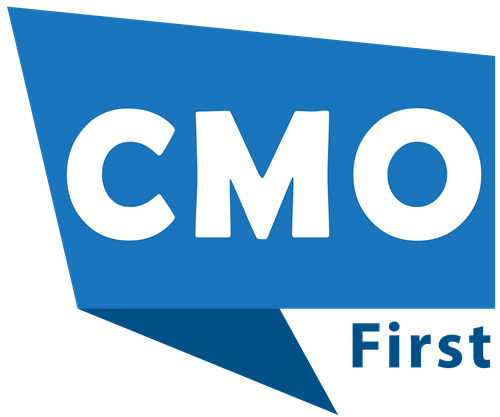







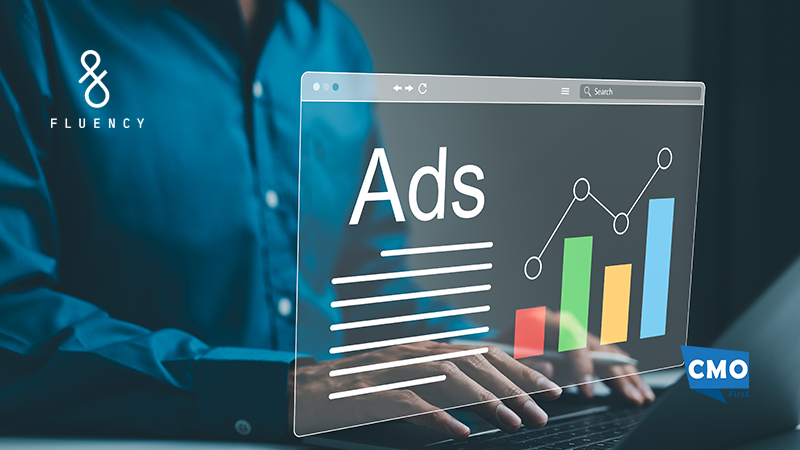

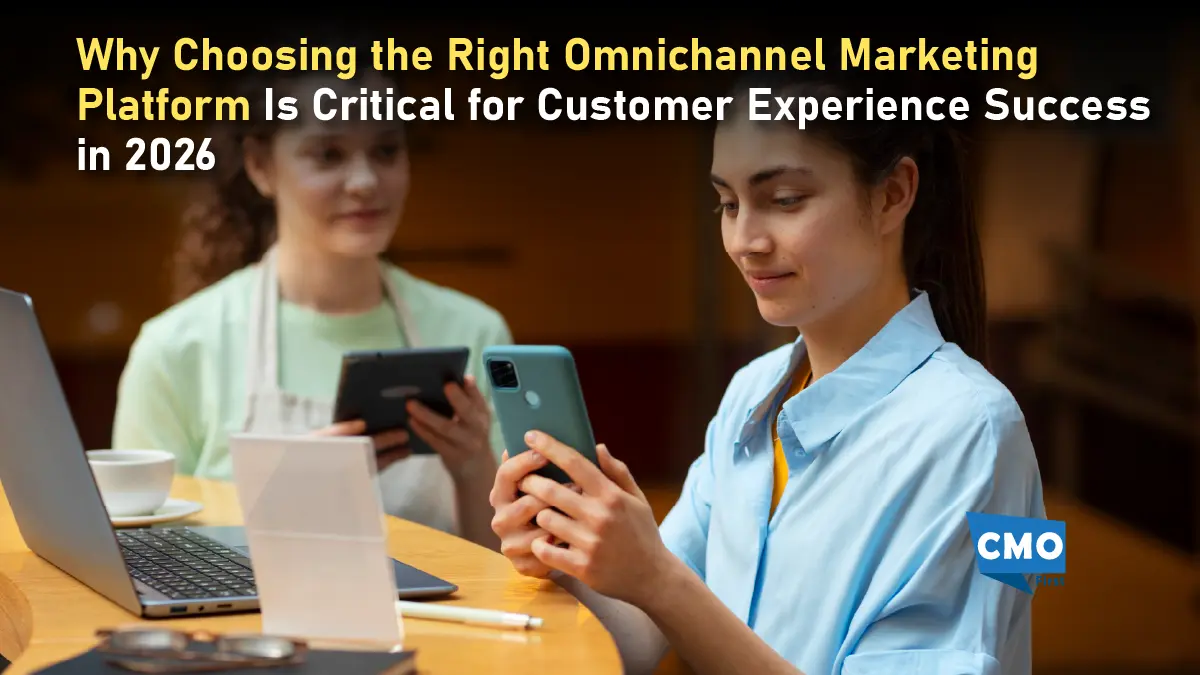
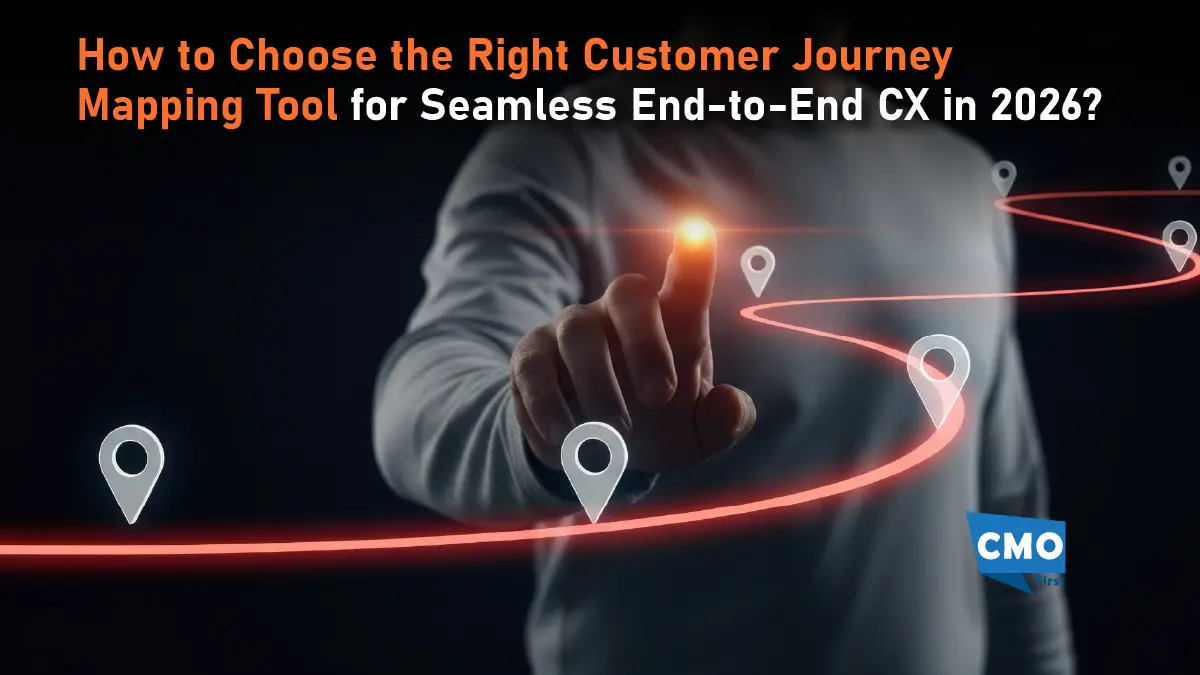
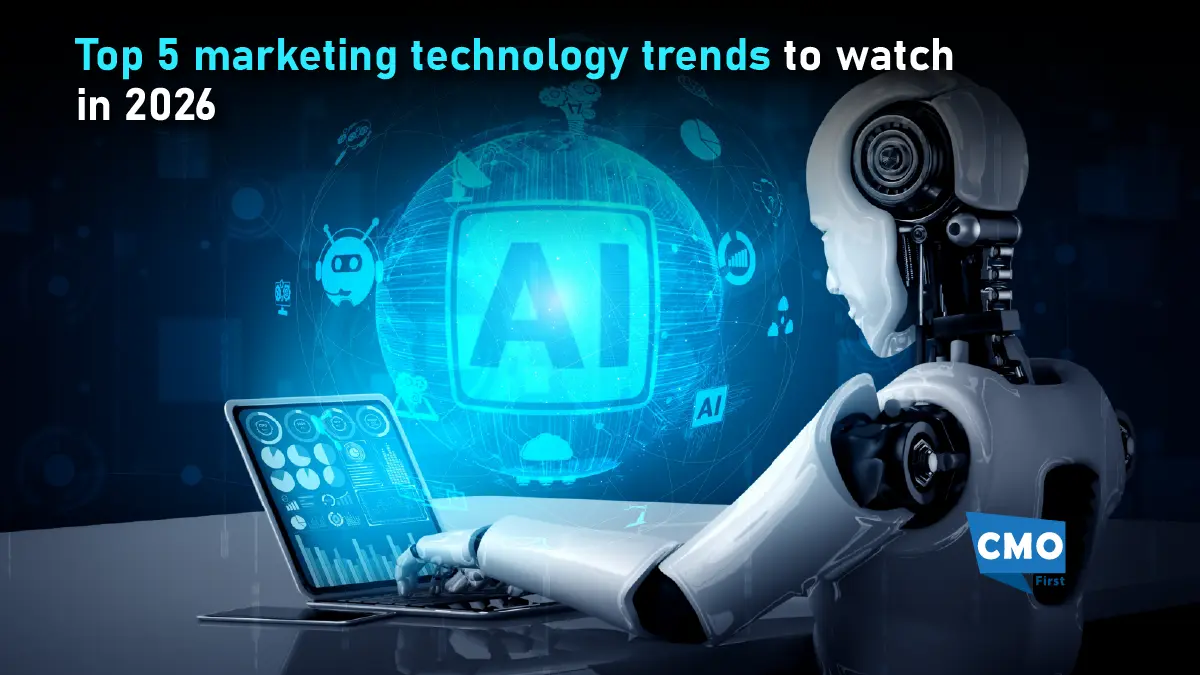
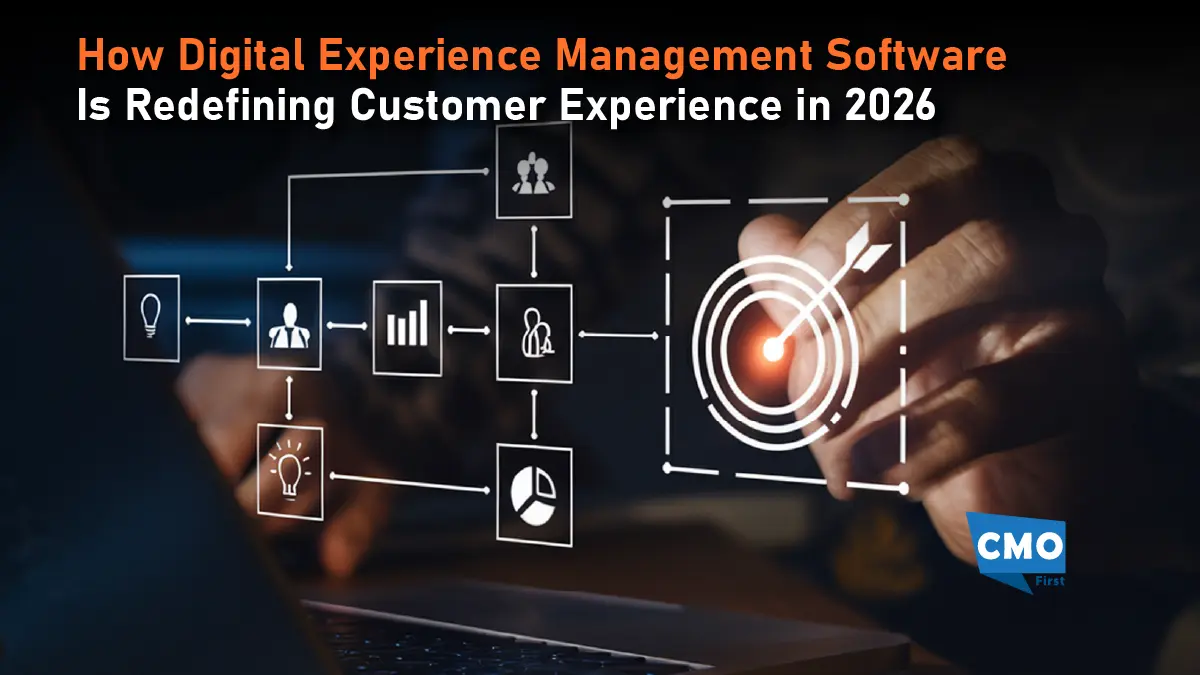
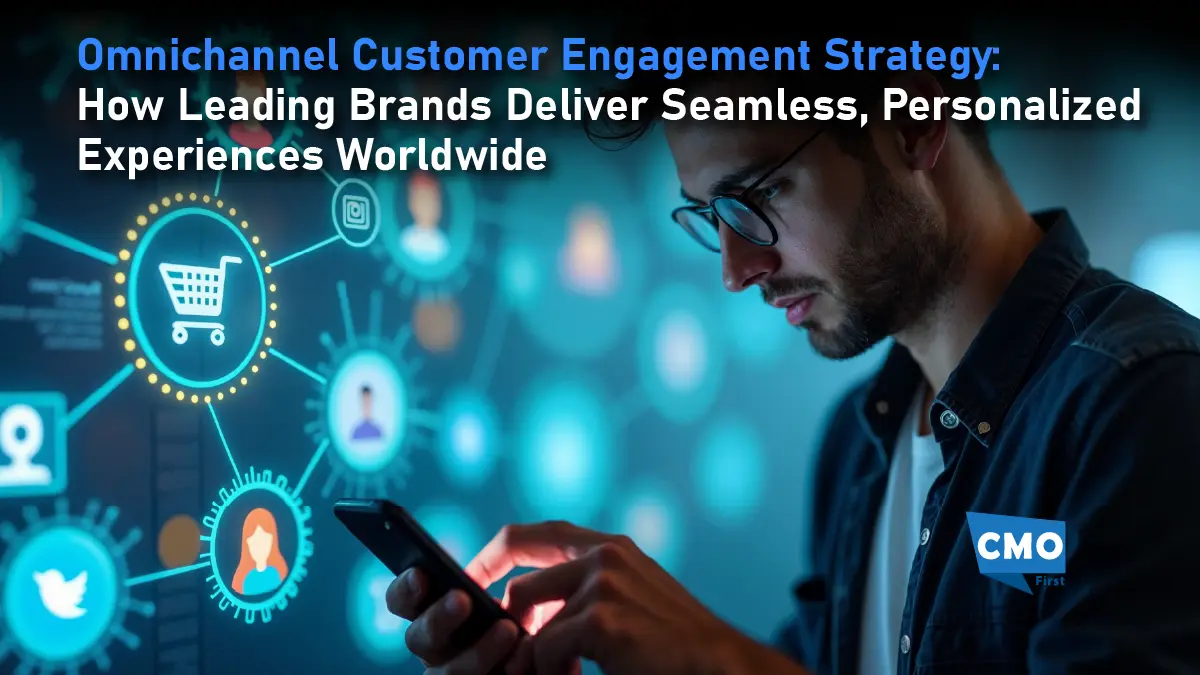

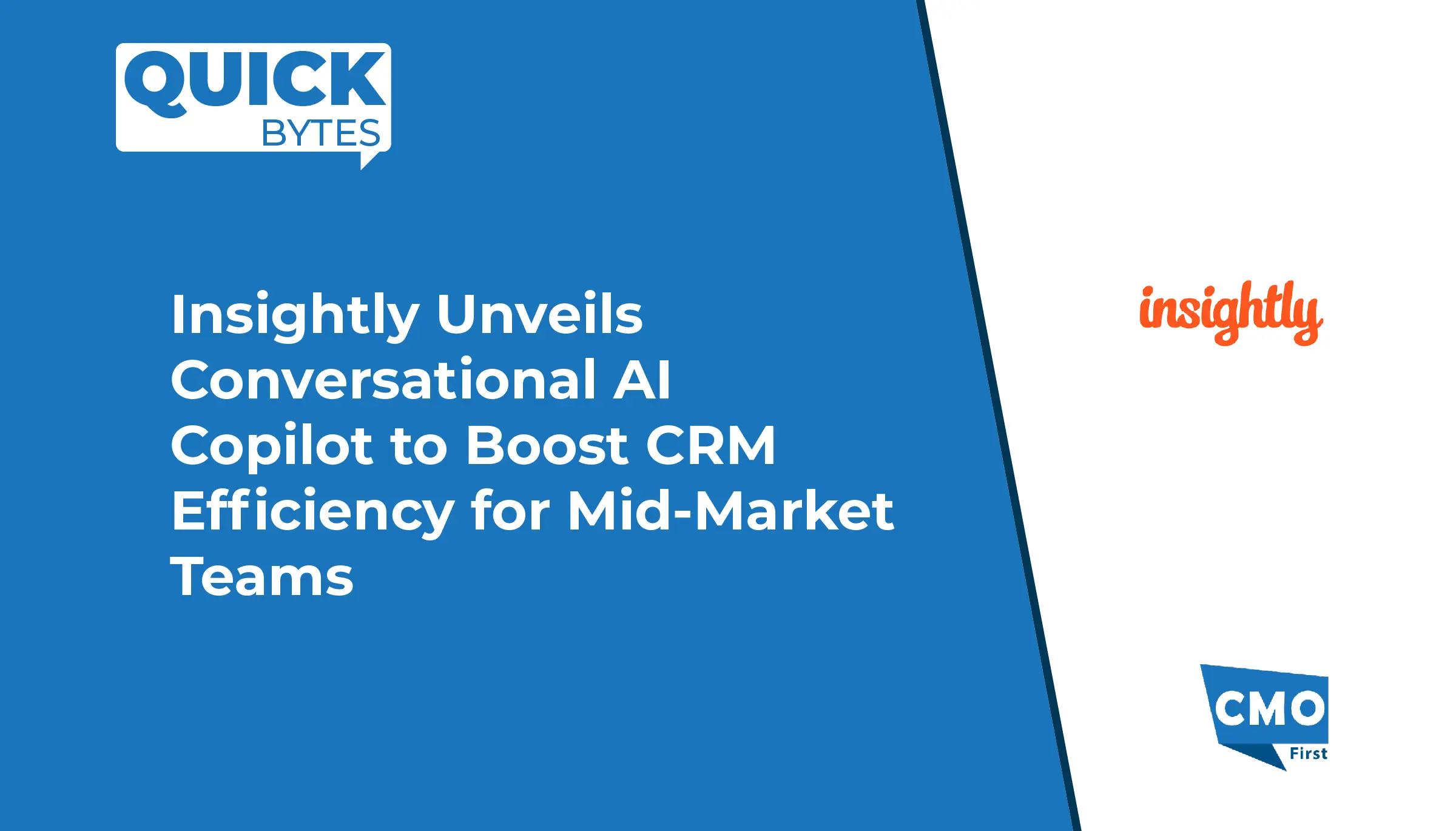

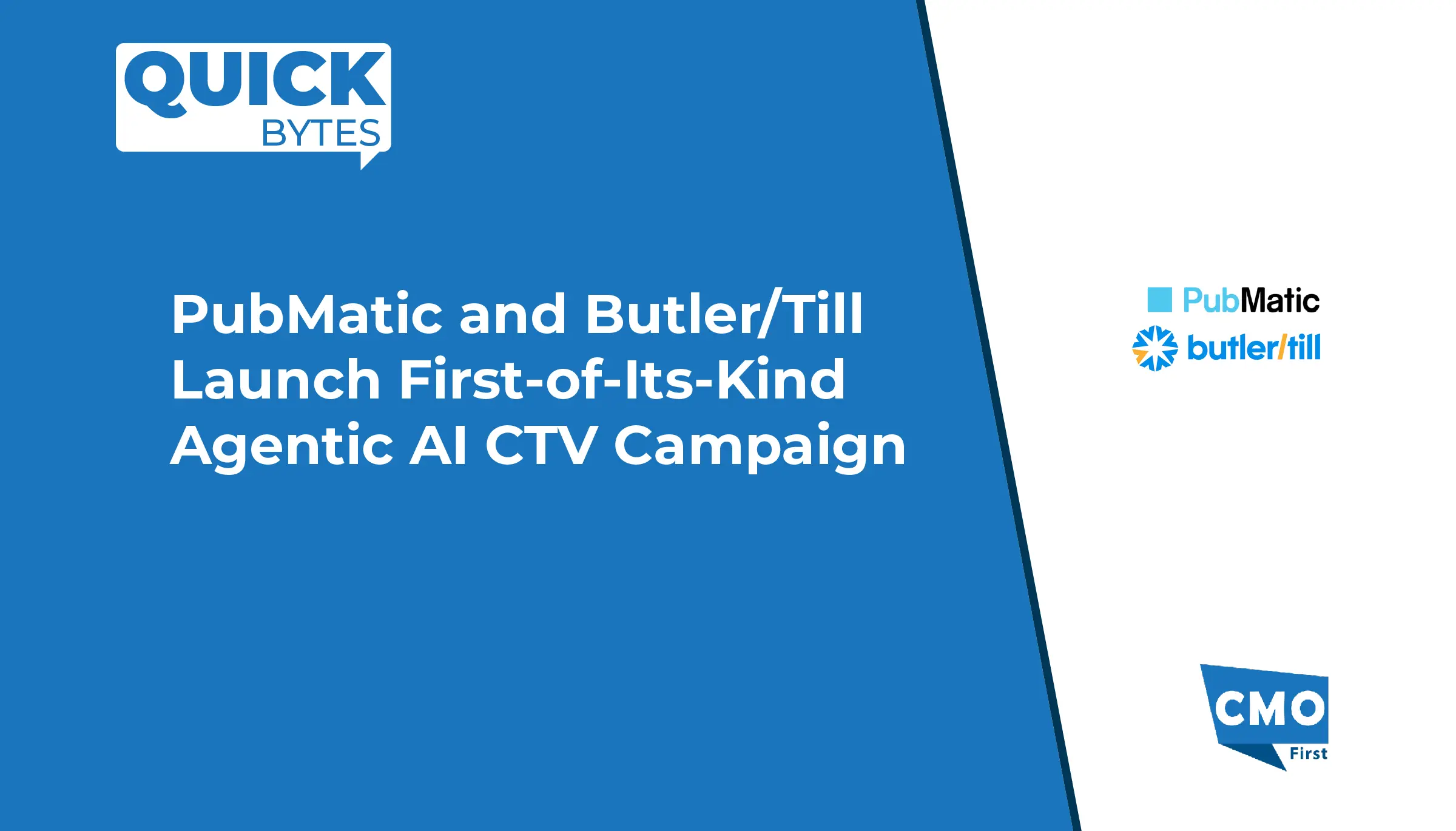





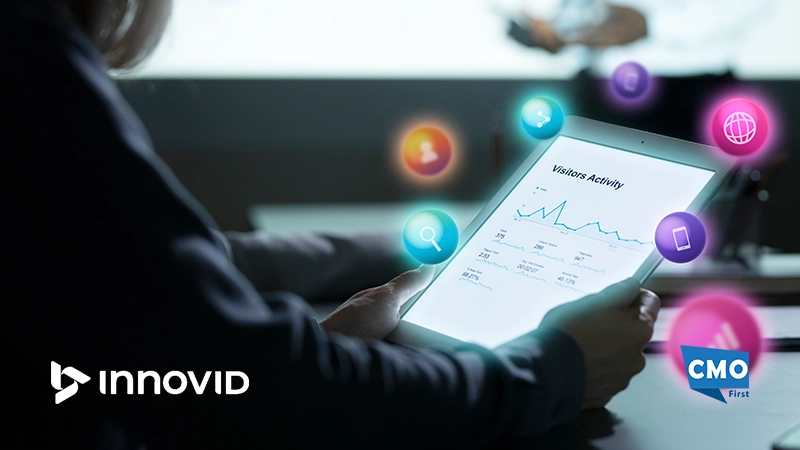

Leave a Reply